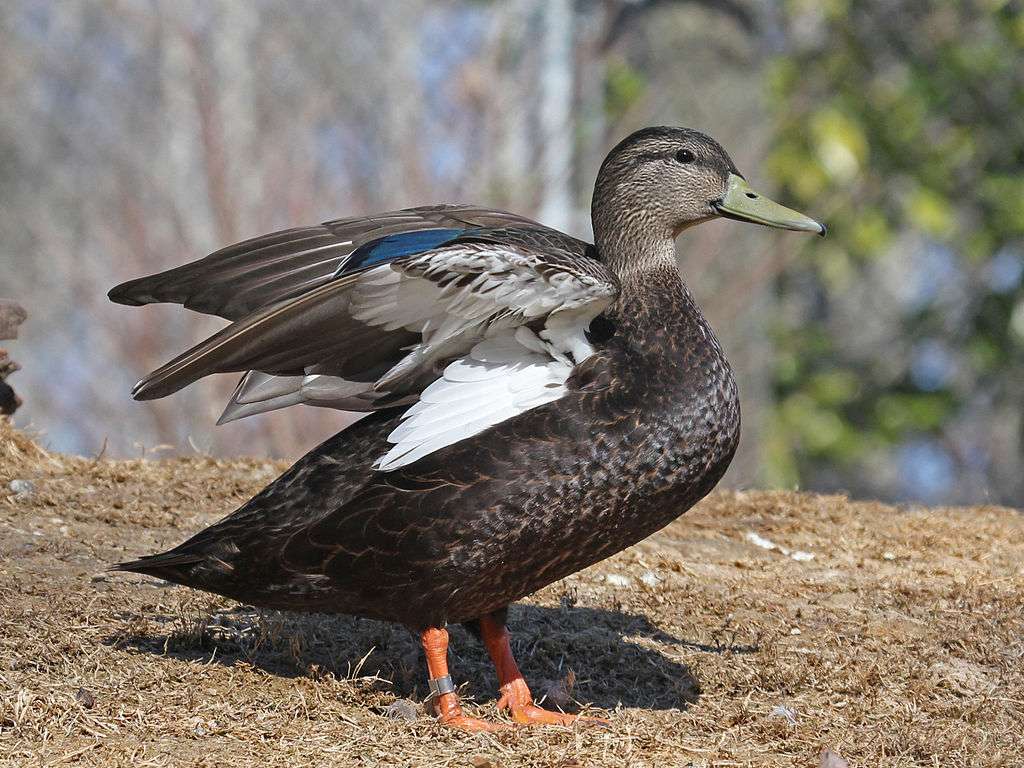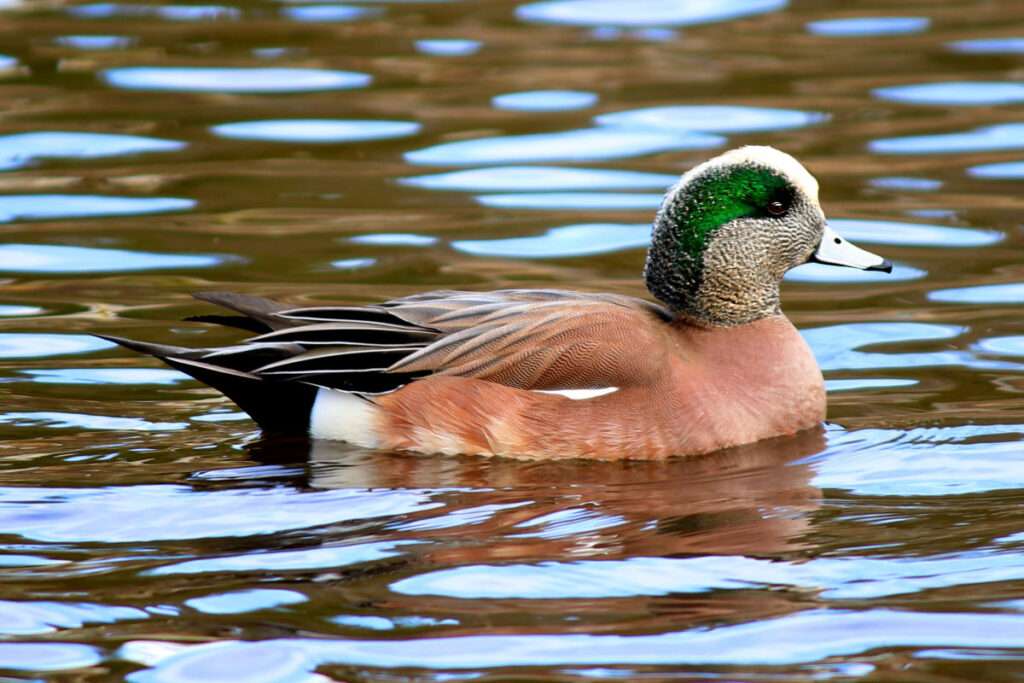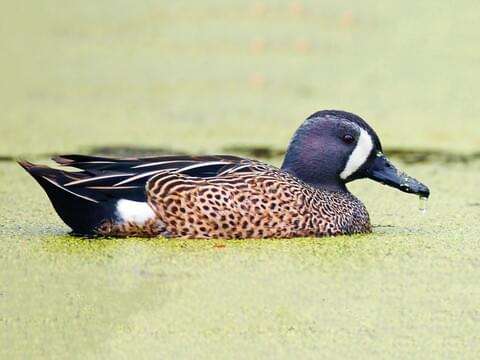
The word “genus” comes from the Greek words “boukephalos,” which means “bullheaded,” “bull,” and “head,” and refers to the species’ peculiarly bulbous head shape. The word “albeola” comes from the Latin albus, which means “white.” The English name, which again alludes to the head form, is a combination of the words “buffalo” and “head.”
Fun Facts
- The Bufflehead is North America’s smallest diving or sea duck.
- The term “bufflehead” or “bufflehead” refers specifically to the duck’s big head.
- Although they frequently fly close to the water and with quick wing beats, these stunning ducks don’t generate a whistling sound when in flight.
- Unlike other diving ducks, the bufflehead can take off from the water without having to trot along the surface, making it a diver.
Description
On the back of their heads, male buffleheads have a large, bushy white patch that goes from cheek to cheek. The rest of the head is a deep black with a green and purple iridescent shimmer.
The back and rump are black, whereas the sides, belly, breast, and scapulae are all completely white. The legs and feet are fleshy pink, and the beak is a pale blue-gray color. Female buffleheads have brownish heads and necks, with the exception of an oval white patch that runs from the corner of the eye back toward the nape of the neck. The legs and feet are a grayish color, while the bill is a dark gray color.

Predators
A wide range of predators, such as minks, hawks, falcons, and bald eagles, can harm buffleheads. While the rest of the flock dives for food, one bufflehead often keeps an eye out for potential predators. When a female bufflehead is sitting on the nest, she is especially exposed. Eggs from buffleheads have been known to be consumed by squirrels, black bears, and weasels.
Diet
These ducks consume a variety of different meals. They are omnivorous because they eat both plants and small animals for food. Their diet is largely made up of seeds and some aquatic plants. They pursue insect larvae, snails, worms, and clams in freshwater. They pursue fish eggs, shrimp, snails, crabs, tiny fish, and shellfish in saltwater.
Habitat
Rivers, lakes, and salt bays in the winter. The best places for nesting are around ponds and small lakes in quite open mixed coniferous and deciduous forest, as well as burned areas and aspen groves; pure coniferous forests, as well as areas close to rivers or larger lakes, are less frequently used. On protected bays and estuaries during the winter, as well as on inland lakes, ponds, and slowly moving rivers.
As Pet
They are primarily seasonal migrants; therefore staying put does not suit them. Additionally, keeping this duck as a pet is generally prohibited.
Table





